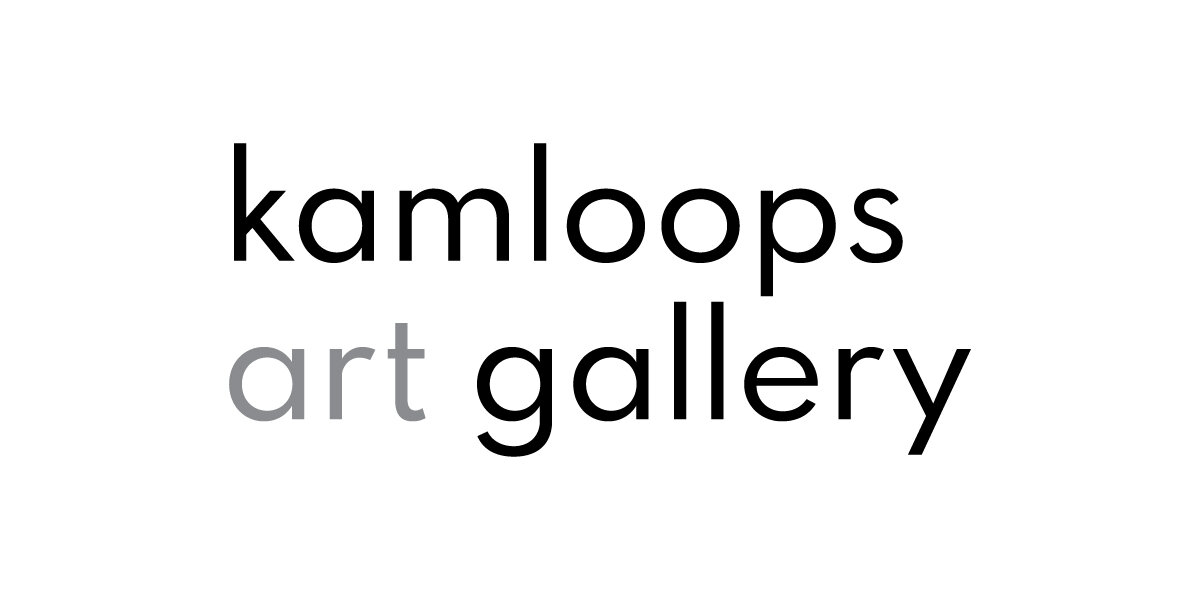Mixing Oil and Water–Paper Marbling
SCHOOL PROGRAM LESSON PLAN – K to 3
Mixing Oil and Water–Paper Marbling
Final Project Description:
A small edition of marbled paper designs.
Description:
Edward Burtynsky’s large-format photograph, Oil Spill #10, documents what is now recognized as the worst oil spill in U.S. history. On April 20, 2010, the Deepwater Horizon oil rig exploded and sank in the Gulf of Mexico, killing 11 people and leaving an oil well open and leaking on the ocean floor about 42 miles off of the coast of Louisiana. Over the course of the 87 days it took to successfully cap the well, an estimated 4.9 million barrels of oil leaked into the Gulf of Mexico. Students will learn about the Gulf of Mexico’s ecosystem, the extent of damage caused by this accident and then create their own abstract interpretations of an oil spill in water by marbling paper using Japanese Suminagashi inks.
Theory (taken from the BC Curriculum PLOs)
Students will:
· Create 2D images using colour, line and repetition
· Create 2D images in response to other images
· Create 2D images that represent issues and ideas
· Use speaking and listening to make connections and complete a task
Workshop Duration: 60 minutes
In Gallery: 10 minutes after the tour for discussion
In Studio: 5 minutes for instructions, 35 minutes on paper marbling, 10 minutes for wrap up and discussion and look at other’s work.
Prep:
· Set up a demo station in the center of the room
· Set up each child’s station with the necessary materials (listed below)
· Set up the projector or computer screen to display images of oil spills in water to refer back to as children work
· Get the iPad out of the Resource Room and pre-load the National Geographic interactive map of the Gulf for use at the end of the tour:
http://ngm.nationalgeographic.com/2010/10/gulf-oil-spill/gulf-life-interactive
Materials:
3 6x6” squares of Sumi-e paper
Buckets with 2” of water
Small round circles of heavy-weight paper
Straw
Marbling ink
Pencil
Before students begin, make sure they write their name on the back of their work!!
Discussion:
End the exhibition tour by looking at Burtynsky’s Oil Spill #10. Ask the children what they see–discuss the aesthetic qualities of the image and lead into a discussion about the event, using the NG map as an interpretive tool.
(quoted from http://ocean.si.edu/gulf-oil-spill)
The Gulf oil spill is recognized as the worst oil spill in U.S. history. Within days of the April 20, 2010 explosion and sinking of the Deepwater Horizon oil rig in the Gulf of Mexico that killed 11 people, underwater cameras revealed the BP pipe was leaking oil and gas on the ocean floor about 42 miles off the coast of Louisiana. By the time the well was capped on July 15, 2010 (87 days later), an estimated 4.9 million barrels of oil had leaked into the Gulf.
The well was located over 5,000 feet beneath the water’s surface in the vast frontier of the deep sea—a permanently dark environment, marked by constantly cold temperatures just above freezing and extremely high pressures. Scientists divide the ocean into at least three zones, and the deep ocean accounts for about three-quarters of Earth’s total ocean volume.
Immediately after the explosion, workers from BP and Transocean (owner of the Deepwater Horizon rig), and many government agencies tried to control the spread of the oil to beaches and other coastal ecosystems using floating booms to contain surface oil and chemical oil dispersants to break it down underwater. Additionally, numerous scientists and researchers descended upon the Gulf region to gather data. Researchers are still trying to understand the spill and its impact on marine life, the Gulf coast, and human communities.
Years later, the Gulf is still not oil free.
Use the iPad to explore the National Geographic interactive map of the Gulf:
http://ngm.nationalgeographic.com/2010/10/gulf-oil-spill/gulf-life-interactive
Explain to the children that they will now head back to the studio to create their own artistic interpretations of an oil spill in water.
Demonstration:
Explain and demonstrate the process of paper marbling to the group. Frame the ink as oil and the paper as what we are using to clean up the spill. When they use the straw to move the ink around, they are the tide and the wind. Get the children to think about the activity as a representation of the actual event of an oil spill.
Creation & Analysis:
Ask children to go back to their stations and write their names on all three of their papers. With the assistance of the teachers and parent-helpers, go around the room adding drops of marbling ink to the children’s water buckets.
Encourage them to spend a couple of minutes GENTLY blowing the ink around with their straws (you are the wind! the tide!) until they have a pattern they are happy with.
Remind them that the pattern will be successively lighter on each paper.
Relate the activity back to the discussion you had in the Gallery. Does this activity help students understand what happens during an oil spill? Does this make them think about the kinds of different concepts that artists can explore in their works?
Review:
What did they learn? What were they surprised by? Spend some time looking at each others work and discussing.
SUPPLEMENTAL MATERIALS:
http://ocean.si.edu/gulf-oil-spill
http://en.wikipedia.org/wiki/Deepwater_Horizon_oil_spill
http://ngm.nationalgeographic.com/2010/10/gulf-oil-spill/gulf-life-interactive
